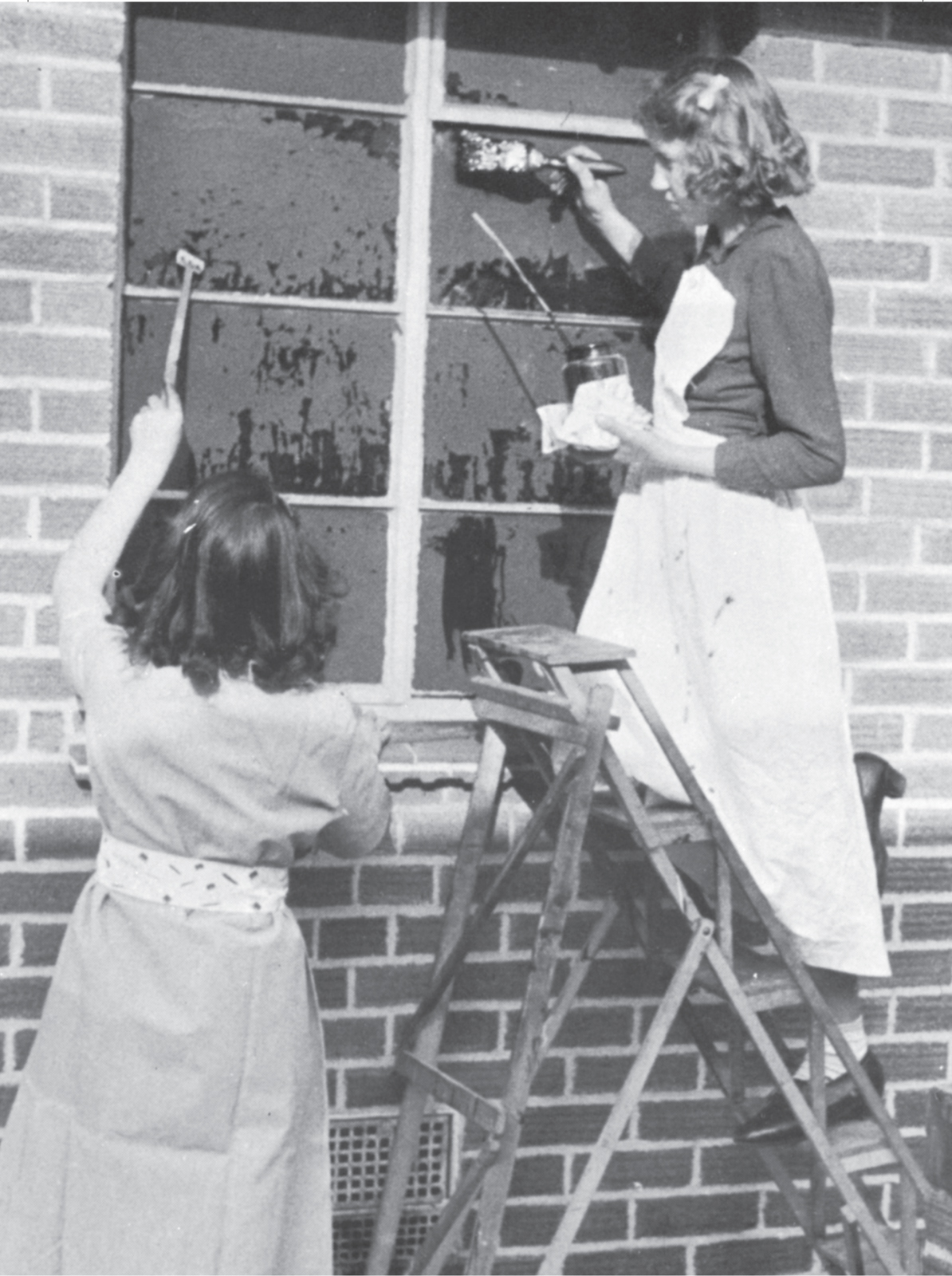

1. Two young women from the Worthing ‘Blackout Corps’ paint their local hospital windows.

2. Spirit of the Blitz: a West End hairdressing salon picks up where it left off – in an air-raid shelter.

3. Cross-section of a life: the bombs exposed and revealed women’s interior-based existence as never before.

4. A cosy, if cramped, scene at Holborn station. No matter where, the 1940s mum always had something to knit. By the end of September 1940 over 170,000 Londoners were taking shelter in the city’s Underground stations.

5. As the threat to Britain intensified, every mother had to choose between her children’s safety and her maternal instincts.

6. Volunteers like Joan Wyndham (above, in uniform after she joined the WAAF in 1941)

7. Teenager Phyllis Noble, photographed at the time of Dunkirk, 1940.

8. Volunteers like Joan Wyndham helped trained nurses to staff the first aid posts established across the city.

9. For women, joining up often meant carrying out domestic tasks in a military context. This Wren steward has a typically unglamorous job.

10. A London Labour Exchange, 1941. After women’s conscription was introduced, recruitment figures increased more than tenfold.
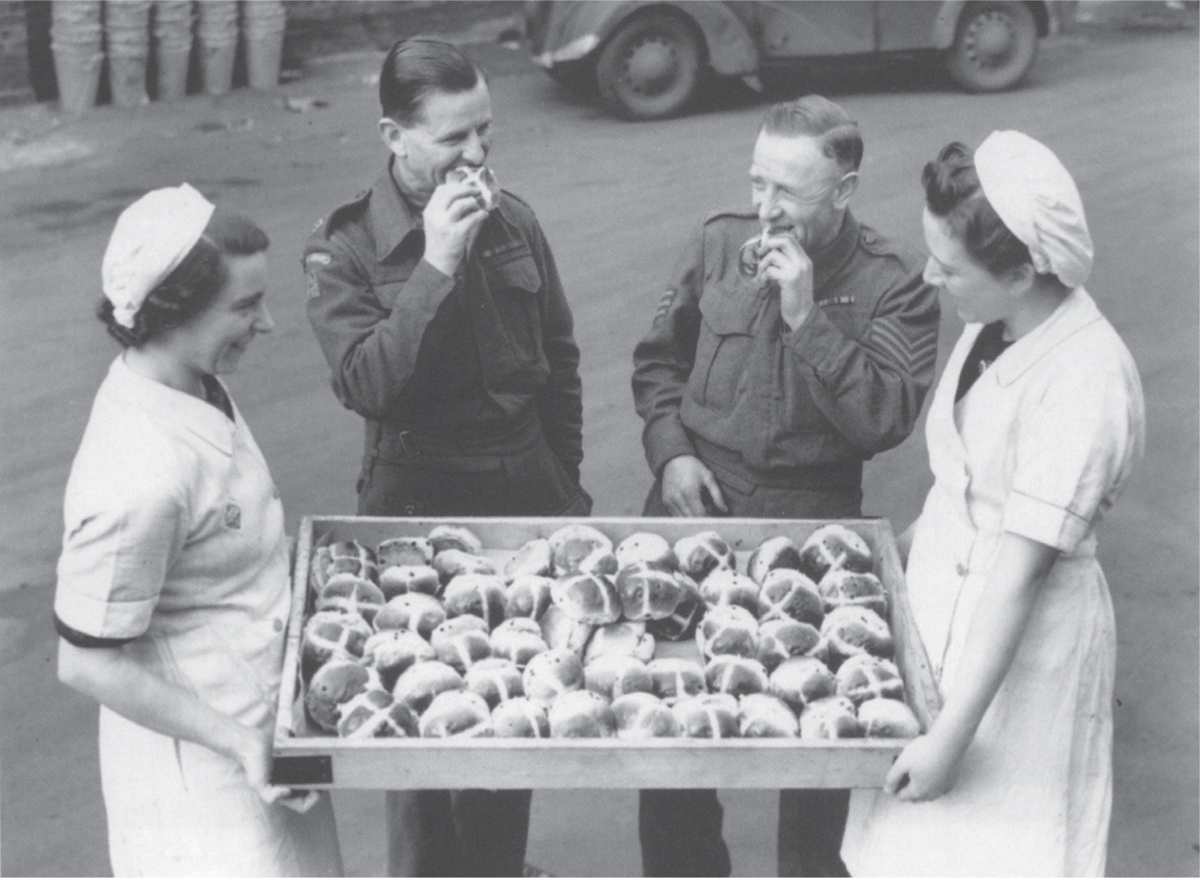
11. The Navy, Army and Air Force Institutes, or NAAFI, which ran canteens and shops for the forces, was ‘a forgotten army’, largely staffed by women.

12. Dorothy (‘Doffy’) Brewer went for training with the ATS in autumn 1941. ‘If you survive it,’ she wrote, ‘nothing … that life can bring afterwards can be as bad.’

13. Barbara Cartland with her ATS hat on, plus lipstick.

14. Unsuspecting ATS recruits arriving at Aldershot in 1941.


15. and 16. Two mothers, two wartime diarists: Clara Milburn and her son Alan; Nella Last and her son Cliff.

17. Women’s Institute members bottling jams and jellies. The making of preserves exemplified the frugal ethos of the older generation.
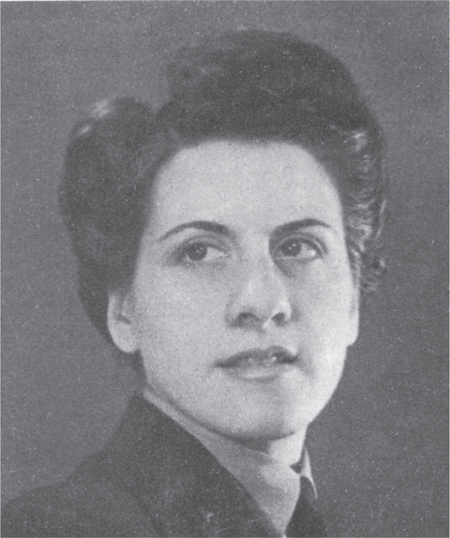
18. In the Y-service WAAF Aileen (‘Mike’) Morris became expert at eavesdropping on enemy transmissions. Her intercepts were despatched to Bletchley Park for decoding.

19. ‘Nobody ever blabbed’; like everybody else at Bletchley, code-breaker Mavis Lever was sworn to secrecy about her work.

20. The Decoding Room at Bletchley Park, nerve centre of wartime decryption.

21. Dressed for the job, women shipyard workers manoeuvre a steel girder into position. Between 1939 and 1942 the numbers of women in the workplace tripled.

22. ‘I felt that no one could possibly win the war without me!’ In 1940 QA Lorna Bradey believed the world was at her feet. This later picture shows her in battledress, which replaced the impractical, but feminine, scarlet capes and white veils.

23. For Pip Beck, her job as an R/T operator at Bomber Command seemed the fulfilment of all her romantic dreams.

24. ATS kit inspection in a typical services dormitory. Note the ‘biscuits’, in three sections, laid out to form a mattress.


25. and 26. Jean McFadyen was one of 6,000 members of the Timber Corps who worked in the forests year-round cutting timber for everything from pit props to coffins.


27. and 28. Land girl Kay Mellis from Edinburgh: ‘I must admit that, when I could thin neeps a bit better, and lift tatties a bit better, it did make me feel really good.’ Thinning turnips in the Lake District.

29. Images from the home front: a rumour has spread that this stall will be selling fish. A queue of hopeful housewives has formed, hours ahead.

30. Kerbside recycling, 1940s-style.

31. ‘Half of the lawn will grow potatoes,’ wrote Nella Last. Many housewives like her transformed their front gardens into vegetable plots.

32. Rag-and-bone women from a London branch of the WVS, collecting aluminium.

33. On VJ-day Helen Forrester (back row, far right) joined friends to celebrate. But her brave smile for the camera was a mask: she felt angry, lost and dreadfully alone.

34. Doris Scorer and her friends at the Works were bent on keeping up appearances: ‘We always hoped to look like mannequins.’

35. ‘Utility’ styles skimped on details, eliminating cuffs, frills and fullness to save fabric.

36. As skirt lengths rose, legs became more visible, and the stocking shortage became ever more problematic. This model demonstrates one solution to faking the perfect ‘seam’.

37. Christian Oldham chose to enlist in the Wrens because of the hat and the ‘nice straight uniform’ designed by Molyneux.

38. British girls were swept off their feet by the arrival of the sexy GIs. ‘Heard about the new utility knickers? One Yank – and they’re off.’
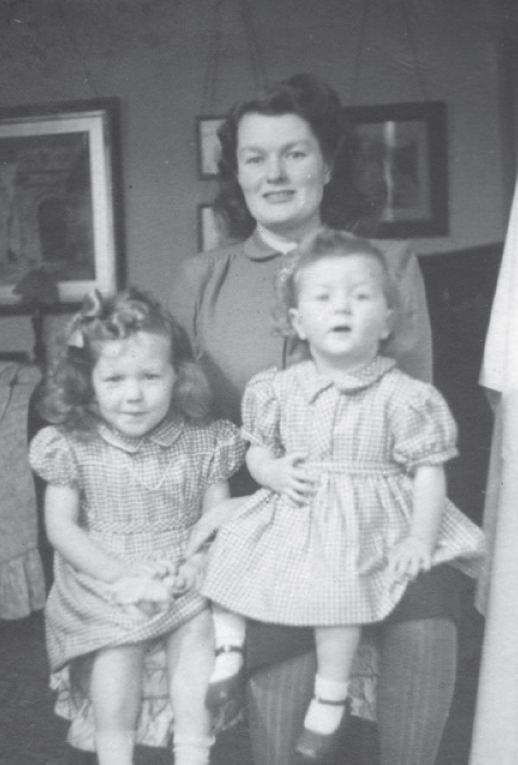
39. Verily Anderson with Marian and Rachel, 1945; childcare in wartime left her ‘sapped’ and wilting. Had fun become a thing of the past?

40. Not for all. Nightclubs and dance halls were humming throughout the war. Here, a black US serviceman in civvies teaches his partner to jitterbug.

41. Anne Popham and Graham Bell in his RAF uniform. ‘You are the dearest thing in my world,’ she wrote to him.

42. Schoolgirl Nina Mabey grew up to become Nina Bawden, well-known author of Carrie’s War, which was based on her experiences as an evacuee.

43. SOE coder Margaret Herbertson both experienced and contributed to the Allied victory in Italy in 1945.

44. Women welders were beset with danger from flying slag, burns and ‘arc eye’, partly because they often chose style over safety.
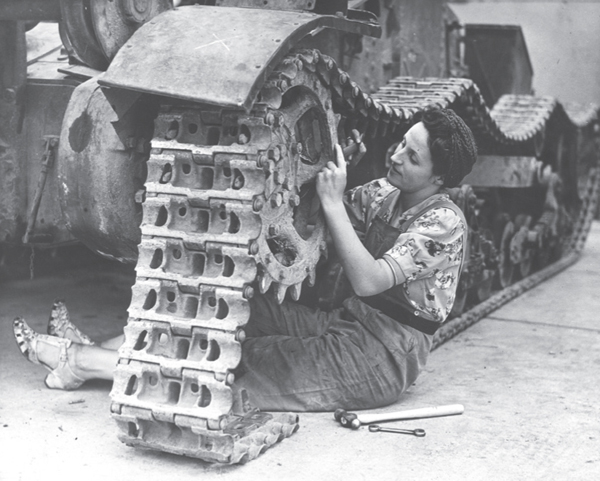
45. How to stay in fashion while fitting the caterpillar track to a tank.

46. ‘Mummy’s girl’ Thelma Ryder was sent away from home to work twelve hours a day making piston rings for aircraft.

47. Joyce Grenfell and her accompanist, Viola Tunnard, arriving in Baghdad, 1944.

48. Vera Lynn in the Far East, 1944. ‘I was an ordinary working-class girl. I was singing to my own kind.’

49. Backstage at ENSA HQ.

50. A QA tending a wounded soldier in an Italian field hospital.

51. QA Iris Ogilvie and a fellow nurse staging an upbeat publicity shot in front of a Bayeux hat shop, shortly after the Normandy landings.

52. QA Joy Taverner never questioned her early faith – ‘until Belsen’.

53. The war is over. A WAAF returns home.

54. Celebrating VJ-day in Aberdeen.

55. Christmas 1946: GI brides and their babies await passage to their new homes.
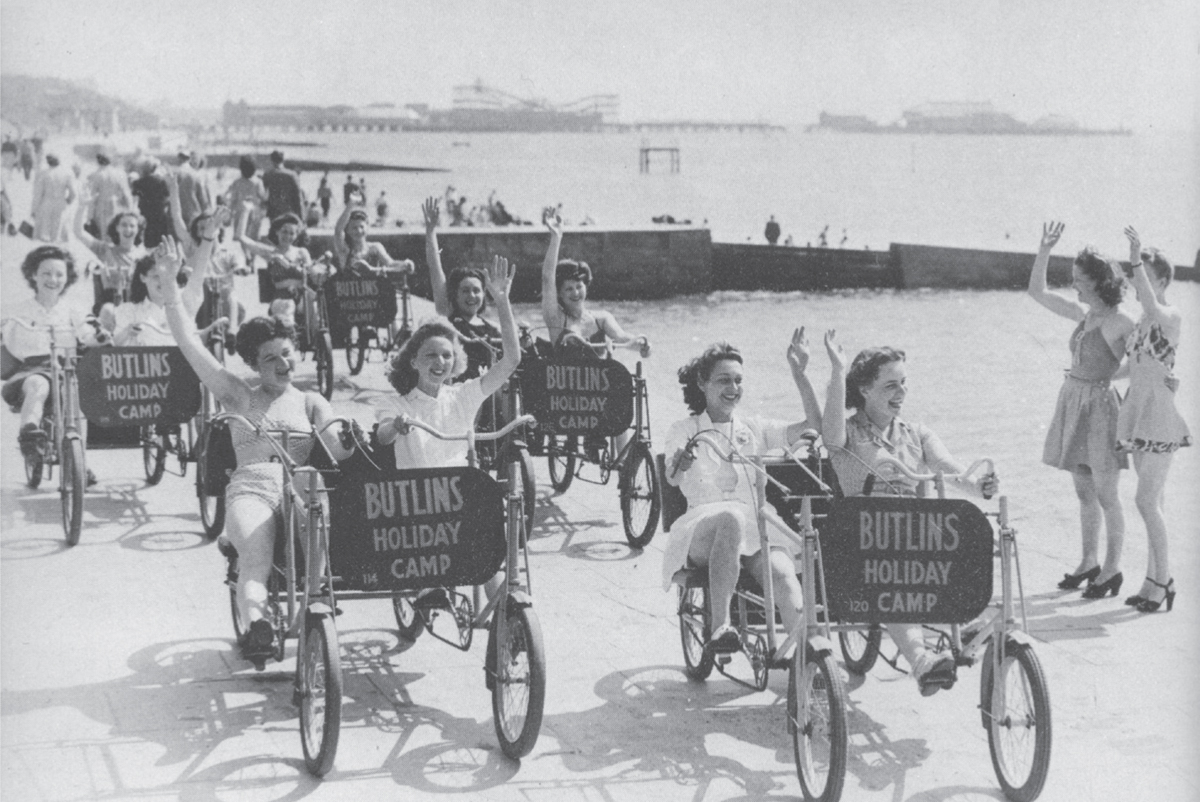
56. Happy holidays in the long, hot, post-war summer of 1947.


57. and 58. Frances Faviell; an old woman shovelling debris in the Russian Zone of Berlin. Faviell and her husband lived in the traumatised German capital from 1946 until 1949. She described ‘the grim streets with their huge mountains of rubble and mile upon mile of yawning open ruins’.

59. Vicar’s wife and activist Irene Lovelock (centre), flanked by two other leaders of the British Housewives’ League.

60. The harvest of peace, July 1948: the inauguration of the National Health Service.

61. Happy ever after? Helen Vlasto’s wedding day, 28 November 1946.

62. Peter and Phyllis Willmott in 1948, at the start of their forty-two-year marriage.

63. Laura Jesson chooses home and hearth in Noël Coward’s Brief Encounter.